Ideal composition, maximum strength and efficiency
In ancient China and Tibet, Cordyceps (caterpillar fungus, Cordyceps sinensis) has been one of the most valuable mushrooms used for harmonization of the body and mind. This parasitic fungus is a rich source of beta-glucan, minerals, trace elements and vitamins.
Thanks to biofermentation and subsequent processing with the method of hot-water extraction, we offer a high-quality extract from mycelium of cordyceps in the ideal active substances ratio for the best results:
- minimum 30 % polysaccharides (33-34 % in reality)
- 12-18 % D-mannitol (cordycepic acid)
Cordyceps CS-4, Cordyceps sinensis, 100% pure extract – 500mg
excipients: no excipients, additives and preservatives
About Cordyceps
Cordyceps sinensis (Dongchonxiacao, yartsa gunbu caterpillar fungus, Ophiocordyceps sinensis) pertains to the genus cordyceps, which also includes Cordyceps militaris, Cordyceps liangshamensis and Cordyceps gunnii etc. (nearly 700 species have been discovered), it’s a sac fungi (Ascomycota), which is edible and parasitic. Its spores will stick to the surface of insect larvae and then fill the entire shell with its sclerotia, from which the ripe mushroom will grow. Cordyceps grows in altitudes above 3,500 metres and especially in the Tibetan moutnains and in the Chinese provinces Sichuan, Yunnan etc. The mushroom is gathered in the period between April and August. However, there aren’t many of them left in the wild. Over the past 25 years, its incidence has fallen by 90%, which of course has increased its value in the market, and so the mushroom is also cultivated artificially. The demand for Cordyceps is mainly due to its effects on human health. The power of Cordyceps has been used in traditional Chinese and Tibetan medicine for thousands of years. There are stories, which describe how yak herders noticed a change in animals, if they grazed on Cordyceps. Such animals were more vital, stronger, healthier and more potent. Written records about the mushroom can be traced back to 620 AD. The Western world only learned about Cordyceps in 1726, when it was introduced at a mycological conference in Paris. However, at that time, the Western world had no idea about the effects of Cordyceps. This changed, albeit much later, due to the fact thatnbsp;in 1964, Cordyceps was officially registered among herbal medicines in Chinese pharmacology.

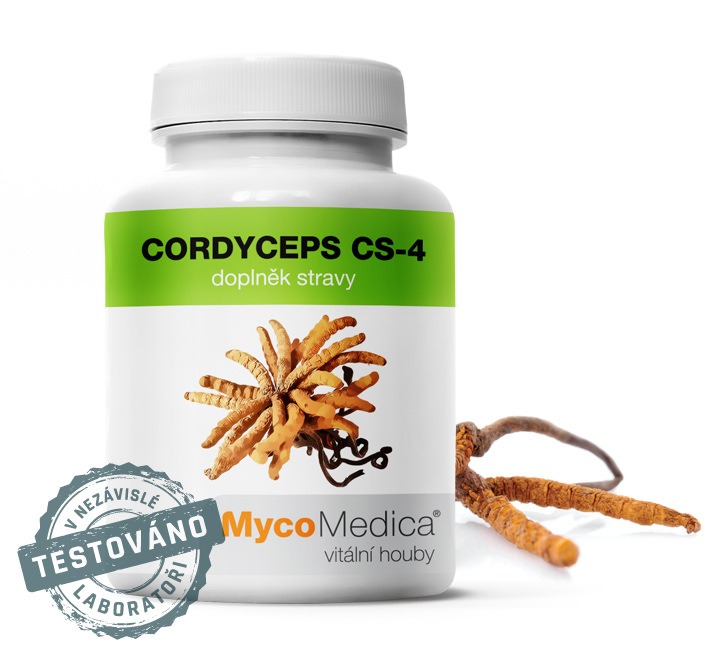
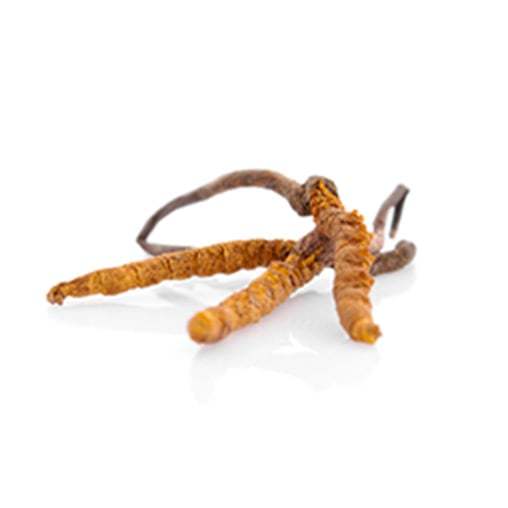

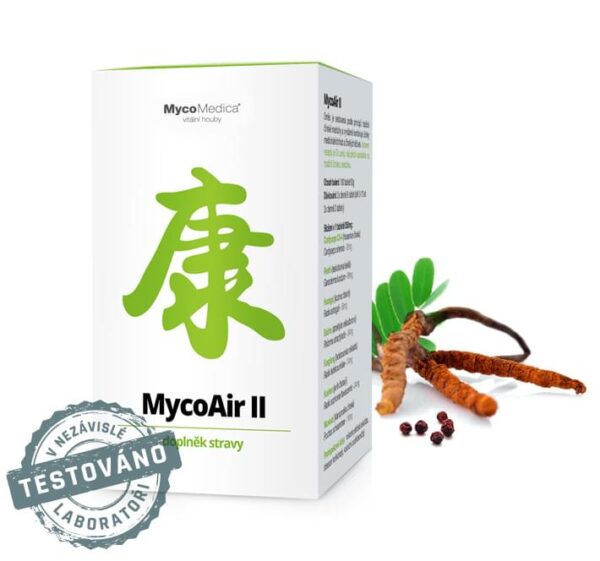

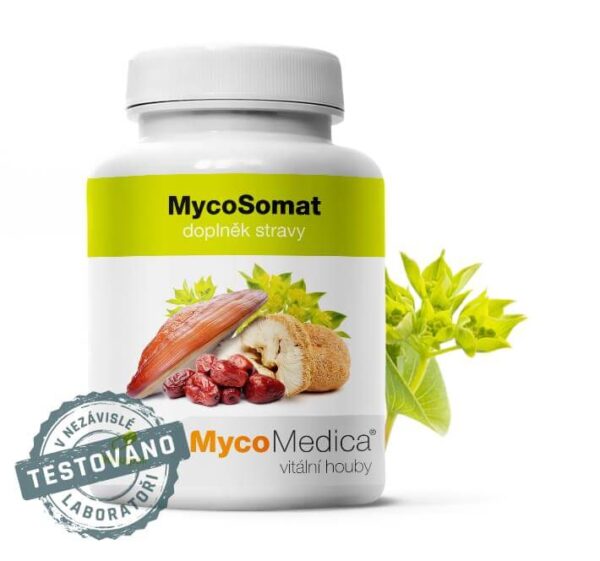

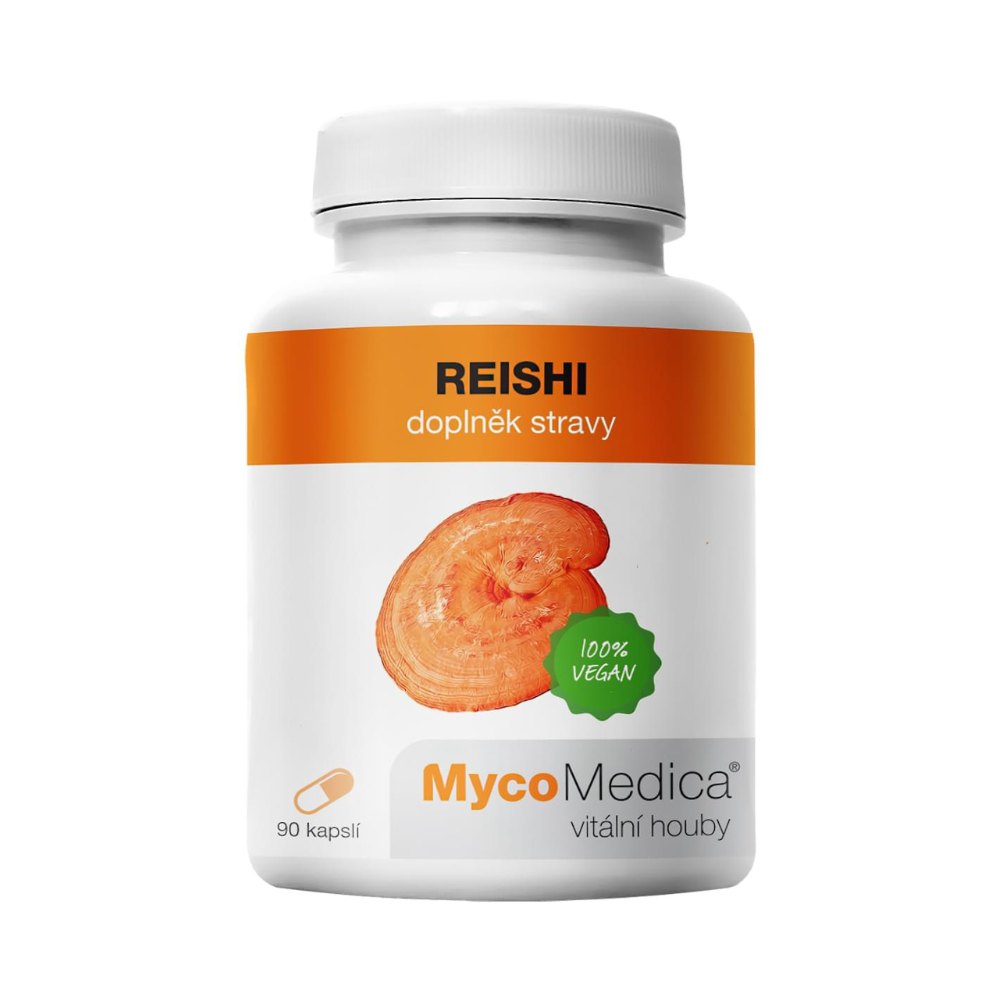
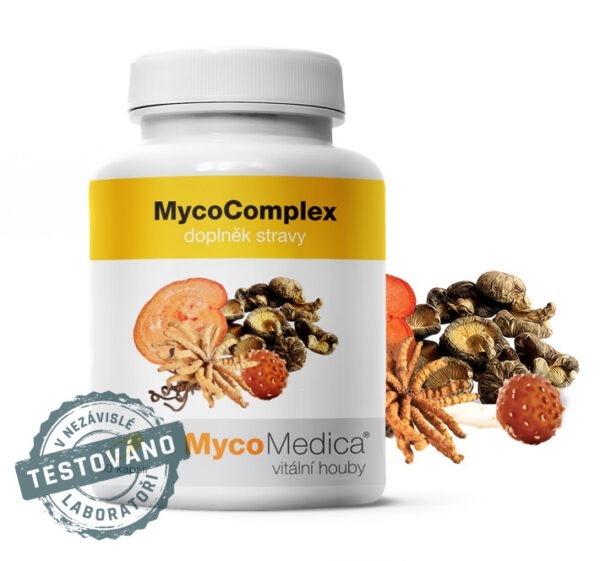
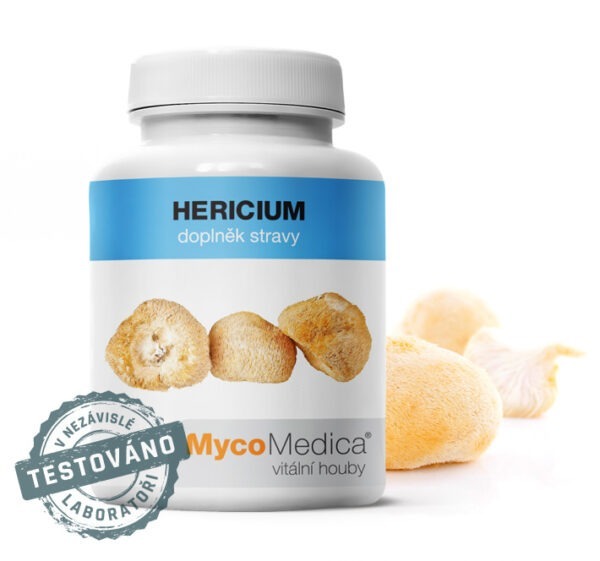
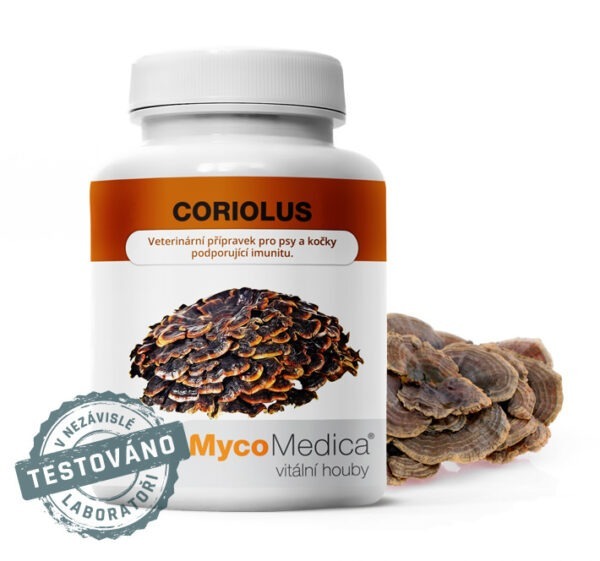

Reviews
There are no reviews yet.